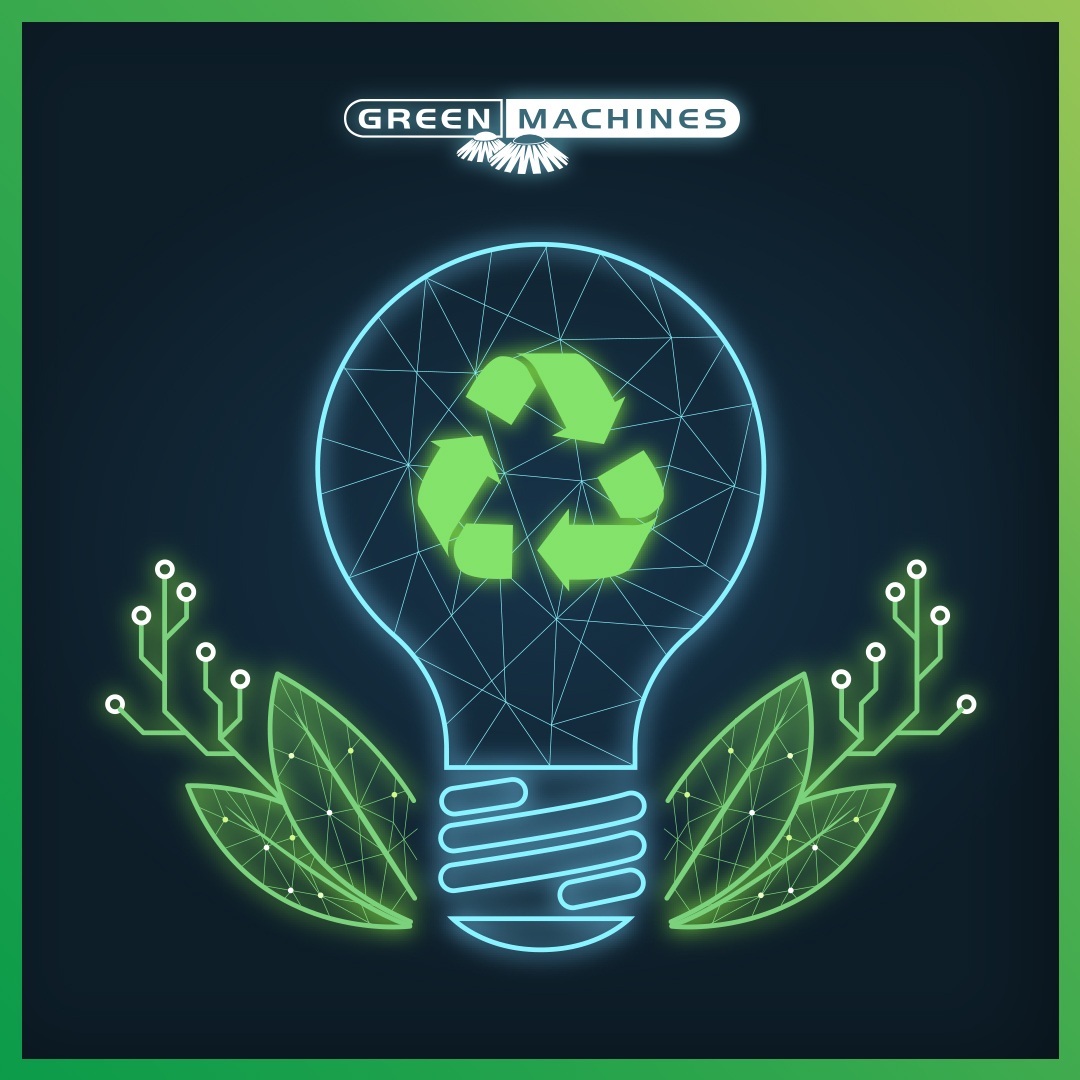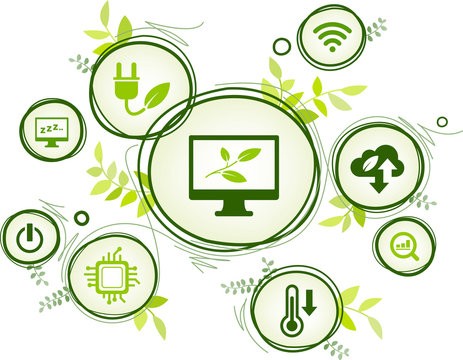What is green technology?
Green technology refers to the development and use of technologies that minimize the negative impacts of human activities on the environment and society. It encompasses a wide range of products, services and practices that support a more sustainable future.

Key principles of green technology
Green technology solutions are meant to be sustainable; they are designed to meet the needs of the present without compromising the ability of future generations to meet their own needs. They should limit environmental impact in various ways, including the use of renewable energy sources and a focus on energy efficiency.
Green tech strategies consider the entire lifecycle of a product or service, from raw material extraction to end-of-life disposal. Their proponents aim to understand the full environmental impact of their activities within a circular economyThey also recognize the social implications of technological development, promoting social equity and well-being. These implications include considering the impact of technology on local communities, workers and consumers, and striving to create innovative solutions that benefit society as a whole.
How is green tech different from clean tech, enviro tech and other terminology?
As interest in sustainability grows, various terms are emerging to describe eco-friendly efforts. They overlap but are not always interchangeable.
Why is green technology important?
Green technology initiatives play an important role in addressing climate change. Greenhouse gas emissions from human activities (such as burning fossil fuels and deforestation) are producing unprecedented levels of carbon dioxide in the Earth’s atmosphere. These concentrations lead to global warming and its consequences, including rising sea levels, extreme weather events and ecosystem disruption. According to the Intergovernmental Panel on Climate Change (IPCC), immediate steps must be taken to limit global warming to 1.5°C (34.7°F) above preindustrial levels.
Adopting sustainable technologies can help mitigate emissions and reduce the carbon footprints of countries and companies. They can conserve resources, preserve biodiversity and reduce ecosystem disruption. But the benefits of green technology extend beyond environmental protection. They include:

.png)


.jpeg)